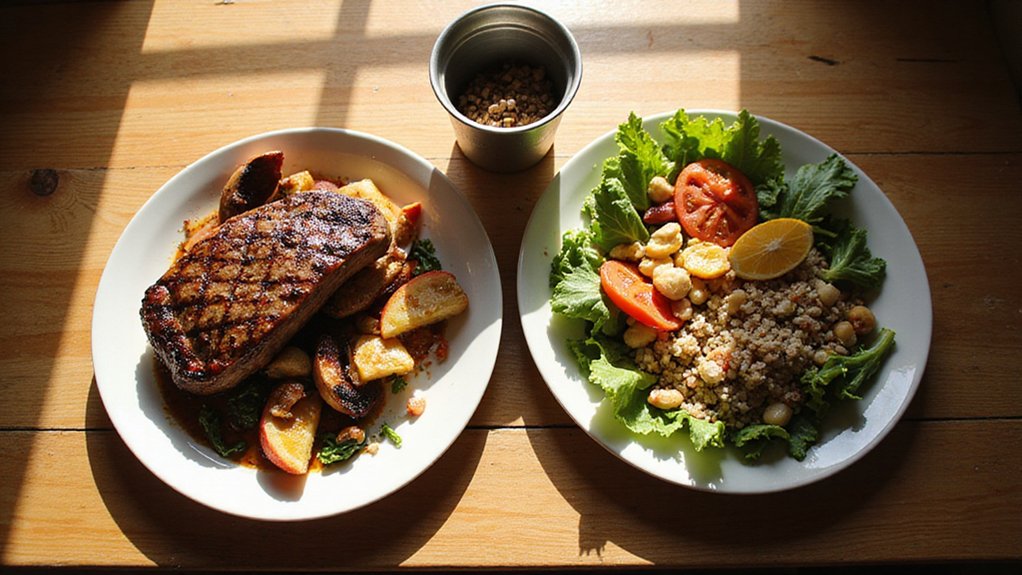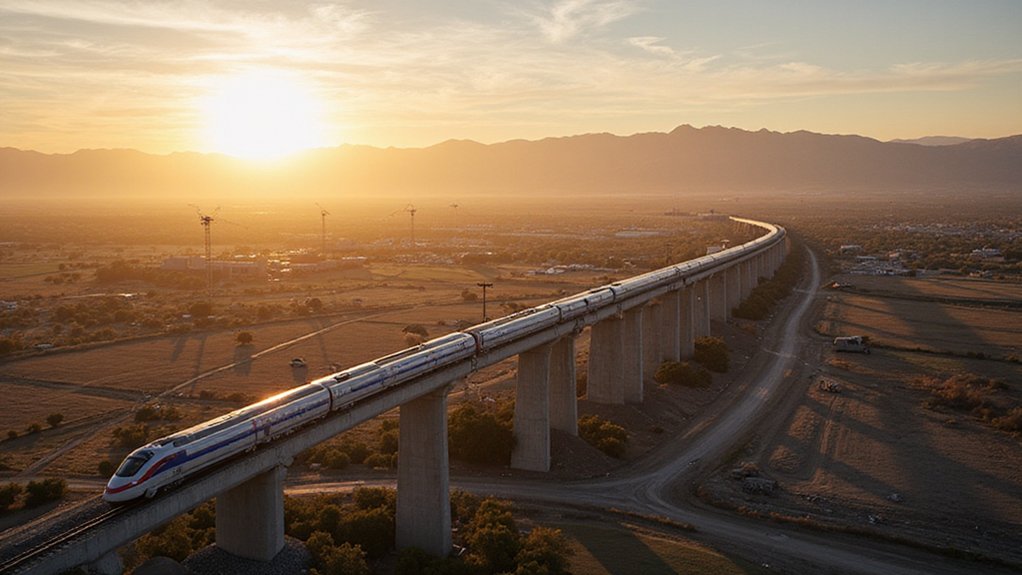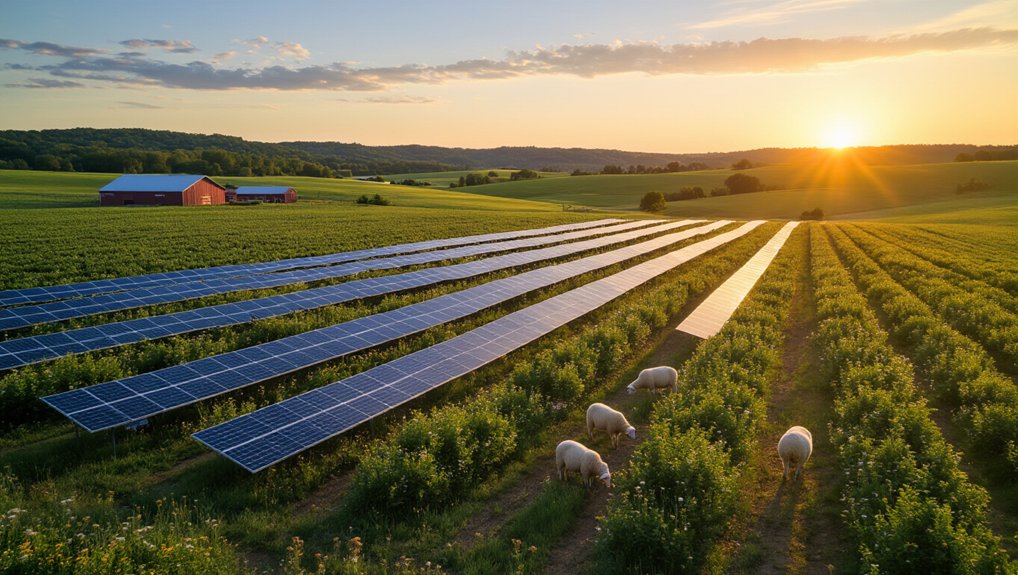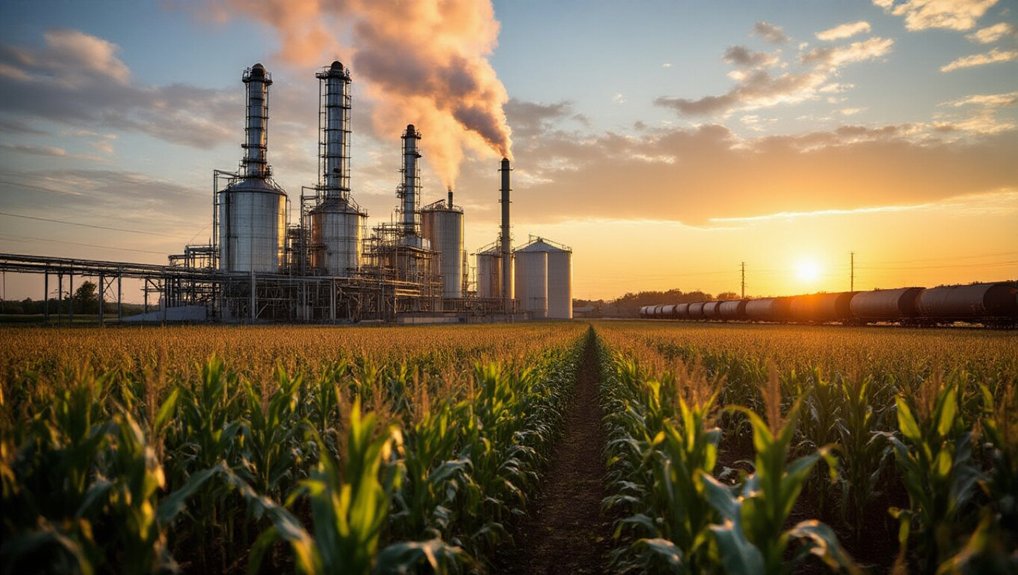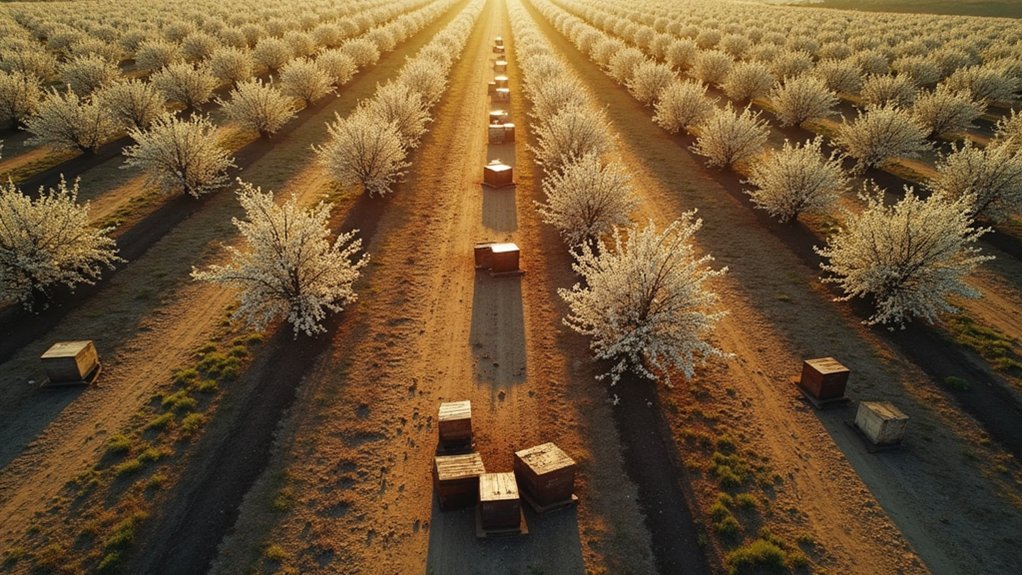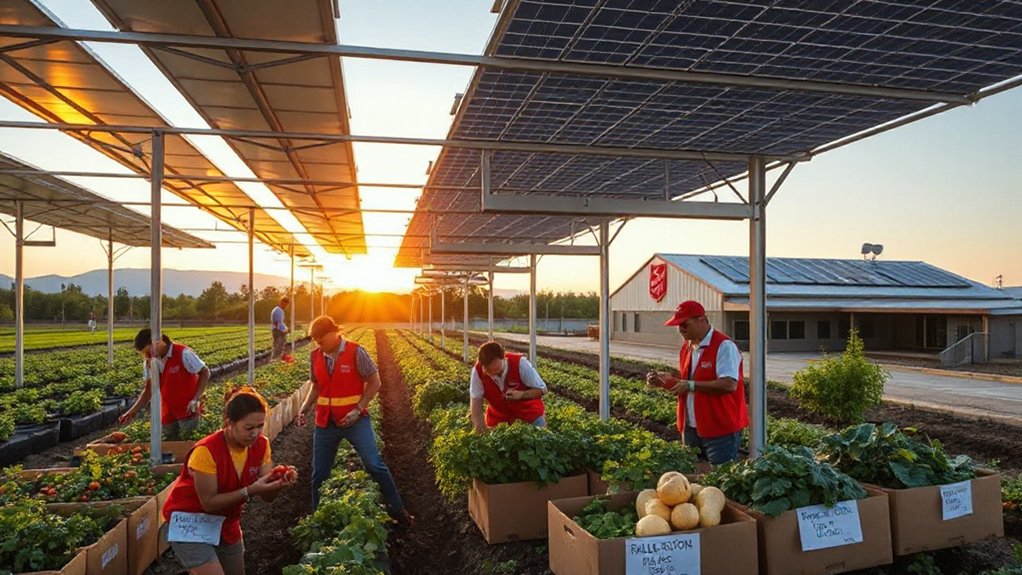While most climate discussions focus on cars and coal, the meals sitting on dinner plates worldwide contribute over 25% of global greenhouse gas emissions. That juicy burger? Environmental nightmare. The humble bean burrito? Climate hero. It’s that simple—and that complicated.
Food’s carbon footprint includes everything from farm to landfill. Livestock generates about 30% of food-related emissions, mainly from cow burps, manure, and resource-intensive farming. Meat and dairy pack a carbon punch that makes vegetables look like environmental saints in comparison. No wonder climate scientists aren’t lining up at steakhouses.
Americans waste nearly a third of their food. Let that sink in. We’re literally throwing climate change into the garbage. When food rots in landfills, it produces methane—a greenhouse gas 25 times more potent than carbon dioxide. Vegetables make up most of what we toss but cause less environmental damage than wasted animal products. Small comfort as your forgotten lettuce wilts in the fridge.
The math is straightforward. Plant-based diets slash emissions. Local, seasonal foods avoid unnecessary transportation. Smaller portions reduce waste. But nobody wants to hear it. We love our bacon, our imported avocados, our oversized restaurant portions that could feed a small village.
We crave guilty pleasures on oversized plates while the climate math screams for plant-based simplicity.
The food industry needs an overhaul too. Supply chains leak food like sieves. Confusing date labels convince consumers to trash perfectly edible products. Regulations around food waste remain pathetically weak. Meanwhile, companies get praised for tiny improvements while the planetary crisis accelerates. Shifting to sustainable food practices is crucial as ecosystem services contribute $125-145 trillion annually to the global economy.
Every food choice matters. The steak you skip saves water, land, energy, and emissions. The compost bin prevents landfill methane. The local farmers market purchase supports sustainable agriculture. These aren’t just personal health decisions anymore. They’re climate actions.
The planet notices what you eat, even if your dinner guests politely ignore your new plant-based lifestyle. Your plate is small, but multiply it by billions. Suddenly, dinner doesn’t seem so insignificant after all. When measured properly, food emissions are expressed in kg of CO₂e per kilogram of product consumed, providing a clear comparison between different dietary choices. Switching to plants could reduce global agricultural land use from 4 billion to 1 billion hectares, freeing up space for natural habitat restoration.
References
- https://pmc.ncbi.nlm.nih.gov/articles/PMC11243183/
- https://www.jejakin.com/en/blog/carbon-footprint-of-the-food-we-consume
- https://www.usda.gov/about-usda/news/blog/food-waste-and-its-links-greenhouse-gases-and-climate-change
- https://ourworldindata.org/environmental-impacts-of-food
- https://www.climateq.co.uk/resources/the-carbon-footprint-of-food/
